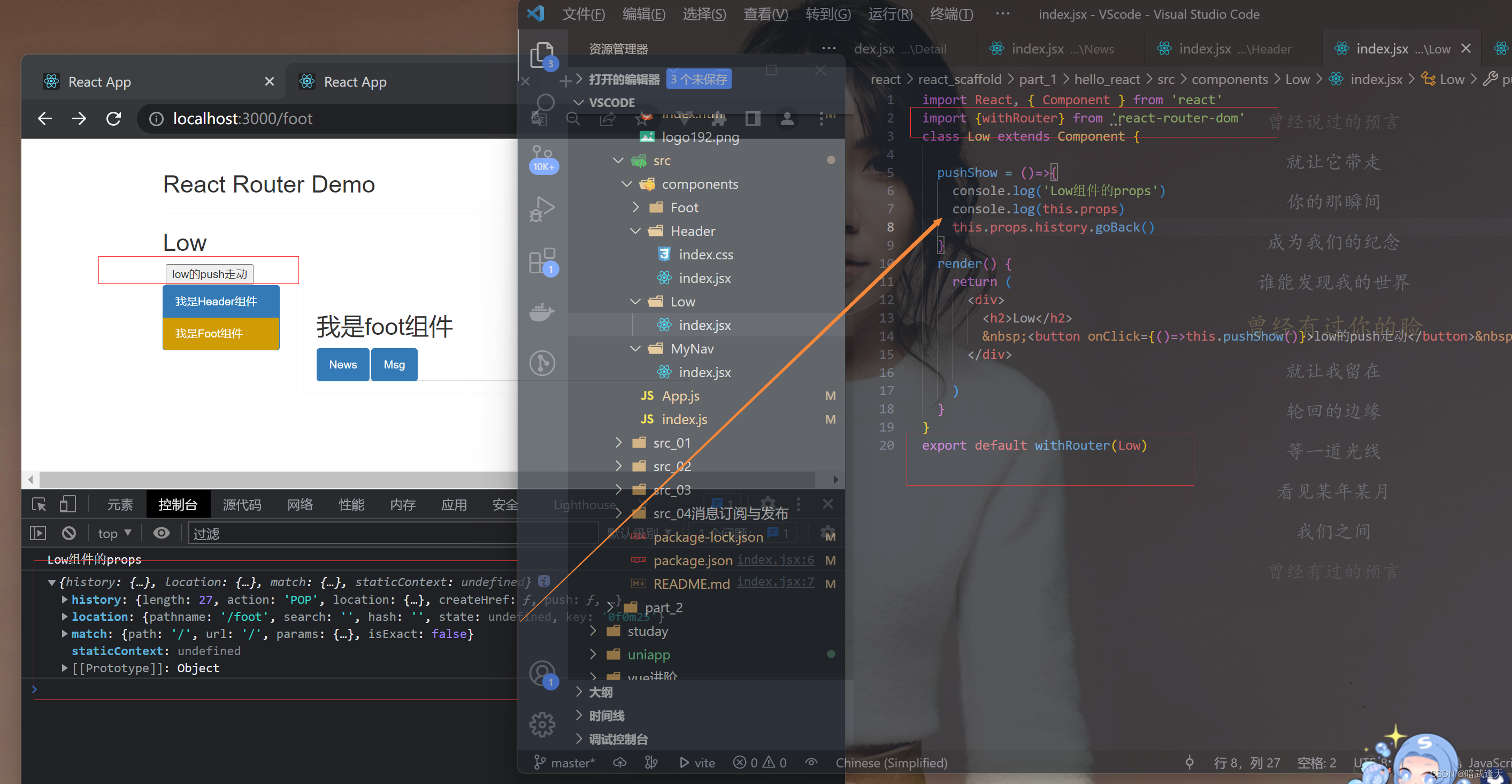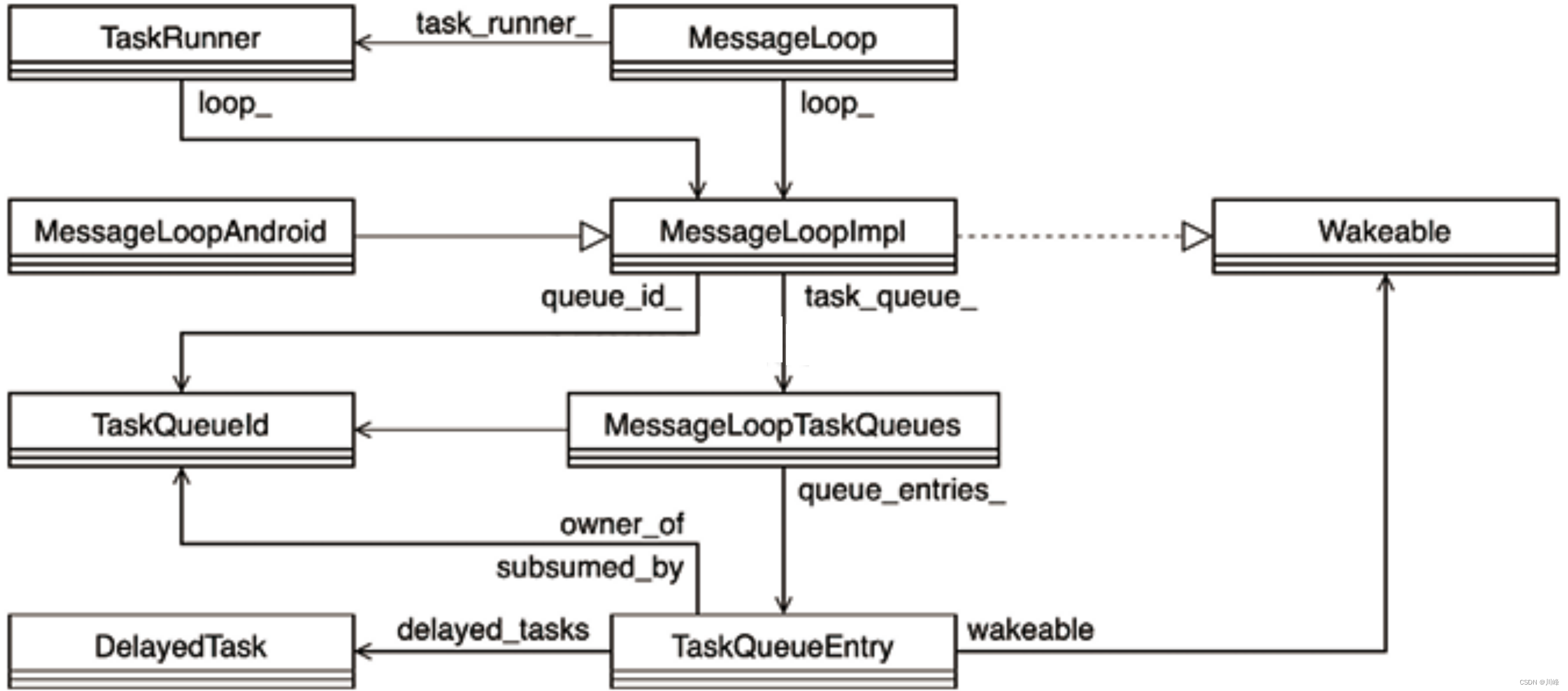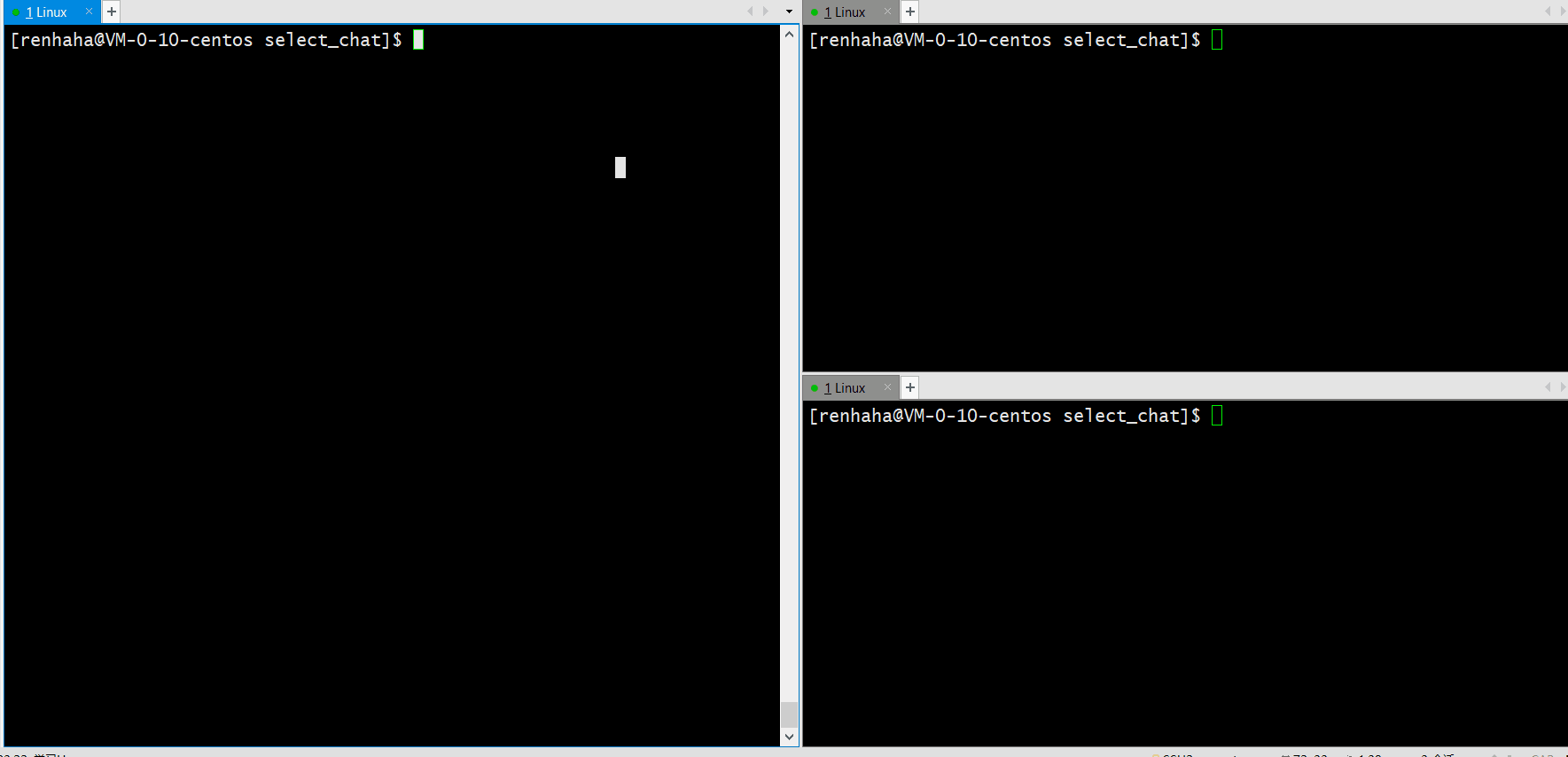利用java编写的项目设备调配系统代码示例(内含5种设备调配的算法)
- 一、设备调配方案
- 二、设备匹配算法
- 三、代码实现(java)
最近在做一个项目设备调配系统,分享一些干货!!!

一、设备调配方案
-
用户需求分析:仔细分析用户的设备需求,包括设备类型、数量、使用时间、地点等方面的要求。了解用户的具体需求是确定最佳设备调配方案的基础。
-
设备可用性评估:评估平台上可共享设备的可用性和状态。考虑设备的技术规格、运行状况、维护保养情况以及当前的可用时间段等因素。
-
设备匹配算法:开发或选择适当的设备匹配算法,以根据用户需求和设备可用性来匹配最佳的设备调配方案。算法可以基于距离、时间、设备规格等因素进行匹配和优化。
-
优化目标:明确设备调配的优化目标,例如最小化设备的闲置时间、最大化设备的利用率、最小化用户的等待时间等。根据优化目标来调整设备调配方案。
-
算法模拟与评估:利用模拟工具和数据,对设备调配算法进行模拟和评估。通过模拟运行设备调配算法,评估其性能和效果,如响应时间、匹配准确度等。
-
用户反馈与改进:收集用户的反馈意见和建议,根据用户的反馈来优化设备调配方案。关注用户的满意度和体验,不断改进调配算法和策略。
-
数据分析与迭代优化:收集和分析设备调配的数据,包括设备利用率、闲置时间、用户满意度等指标。根据数据分析的结果,进行迭代优化,调整算法和策略,以提高设备调配方案的效果和效率。
通过以上的流程和方法,结合用户需求、设备可用性和算法优化,可以得到最佳的设备调配方案,以满足用户需求,最大化设备利用率,提高平台的效益和用户满意度。
二、设备匹配算法
-
最短路径算法:适用于需要考虑设备到用户需求地点的距离的情况。根据设备所在位置和用户需求地点之间的距离,选择距离最短的设备进行匹配。
-
最佳时间窗口算法:针对设备有特定的可用时间段的情况。根据用户需求的时间窗口和设备的可用时间窗口,选择最佳的时间段进行匹配。
-
设备规格匹配算法:适用于用户对设备规格有特定要求的情况。根据设备的技术规格和用户需求的规格要求,进行匹配和筛选。
-
基于历史数据的协同过滤算法:利用用户历史设备选择和评价数据,推荐类似用户喜好的设备。根据用户的偏好和行为,预测和推荐适合用户的设备。
-
智能推荐算法:基于机器学习和数据挖掘技术,通过分析用户的需求和设备的特征,提供个性化的设备推荐。根据用户的历史行为和偏好,预测用户可能喜欢的设备,并进行推荐。
这些算法仅为示例,实际的设备匹配算法可以根据平台的需求和特定场景进行定制和优化。在设计设备匹配算法时,可以考虑多种因素,如设备属性、用户需求、地理位置、可用时间等,以确保匹配结果尽可能符合用户的要求。
三、代码实现(java)
- 距离最短算法的示例代码
假设有一组设备和用户需求,并使用欧几里德距离计算最短距离。
import java.util.ArrayList;
import java.util.List;class Device {private String id;private double latitude;private double longitude;public Device(String id, double latitude, double longitude) {this.id = id;this.latitude = latitude;this.longitude = longitude;}public String getId() {return id;}public double getLatitude() {return latitude;}public double getLongitude() {return longitude;}
}class UserDemand {private double latitude;private double longitude;public UserDemand(double latitude, double longitude) {this.latitude = latitude;this.longitude = longitude;}public double getLatitude() {return latitude;}public double getLongitude() {return longitude;}
}public class ShortestDistanceAlgorithm {public static Device findShortestDistance(Device[] devices, UserDemand demand) {Device nearestDevice = null;double minDistance = Double.MAX_VALUE;for (Device device : devices) {double distance = calculateDistance(device, demand);if (distance < minDistance) {minDistance = distance;nearestDevice = device;}}return nearestDevice;}private static double calculateDistance(Device device, UserDemand demand) {double latitudeDiff = device.getLatitude() - demand.getLatitude();double longitudeDiff = device.getLongitude() - demand.getLongitude();return Math.sqrt(latitudeDiff * latitudeDiff + longitudeDiff * longitudeDiff);}public static void main(String[] args) {// 设备和用户需求的示例数据Device[] devices = {new Device("Device1", 10.0, 20.0),new Device("Device2", 15.0, 25.0),new Device("Device3", 5.0, 15.0)};UserDemand demand = new UserDemand(12.0, 22.0);// 查找最短距离的设备Device nearestDevice = findShortestDistance(devices, demand);// 输出结果if (nearestDevice != null) {System.out.println("Nearest Device: " + nearestDevice.getId());} else {System.out.println("No nearest device found.");}}
}以上代码演示了使用欧几里德距离计算最短距离的示例,通过输入设备和用户需求的经纬度信息,找到距离最短的设备,并输出其设备ID。请注意,这只是一个简单的示例代码,实际应用中可能需要考虑更多的因素和数据处理逻辑。
- 实现最佳时间窗口算法的示例代码
假设有一组设备和用户需求,并需要选择最佳的可用时间窗口进行匹配。
import java.time.LocalTime;
import java.util.ArrayList;
import java.util.List;class Device {private String id;private LocalTime startTime;private LocalTime endTime;public Device(String id, LocalTime startTime, LocalTime endTime) {this.id = id;this.startTime = startTime;this.endTime = endTime;}public String getId() {return id;}public LocalTime getStartTime() {return startTime;}public LocalTime getEndTime() {return endTime;}
}class UserDemand {private LocalTime startTime;private LocalTime endTime;public UserDemand(LocalTime startTime, LocalTime endTime) {this.startTime = startTime;this.endTime = endTime;}public LocalTime getStartTime() {return startTime;}public LocalTime getEndTime() {return endTime;}
}public class BestTimeWindowAlgorithm {public static Device findBestTimeWindow(Device[] devices, UserDemand demand) {Device bestDevice = null;long minTimeDiff = Long.MAX_VALUE;for (Device device : devices) {long timeDiff = calculateTimeDifference(device, demand);if (timeDiff < minTimeDiff) {minTimeDiff = timeDiff;bestDevice = device;}}return bestDevice;}private static long calculateTimeDifference(Device device, UserDemand demand) {long startTimeDiff = Math.abs(device.getStartTime().toSecondOfDay() - demand.getStartTime().toSecondOfDay());long endTimeDiff = Math.abs(device.getEndTime().toSecondOfDay() - demand.getEndTime().toSecondOfDay());return startTimeDiff + endTimeDiff;}public static void main(String[] args) {// 设备和用户需求的示例数据Device[] devices = {new Device("Device1", LocalTime.of(8, 0), LocalTime.of(17, 0)),new Device("Device2", LocalTime.of(9, 0), LocalTime.of(18, 0)),new Device("Device3", LocalTime.of(7, 0), LocalTime.of(16, 0))};UserDemand demand = new UserDemand(LocalTime.of(8, 30), LocalTime.of(17, 30));// 查找最佳时间窗口的设备Device bestDevice = findBestTimeWindow(devices, demand);// 输出结果if (bestDevice != null) {System.out.println("Best Device: " + bestDevice.getId());} else {System.out.println("No best device found.");}}
}以上代码演示了使用最佳时间窗口算法进行设备匹配的示例。通过输入设备的起始和结束时间以及用户需求的起始和结束时间,找到最佳匹配的设备,并输出其设备ID。请注意,这只是一个简单的示例代码,实际应用中可能需要考虑更多的时间窗口规则和数据处理逻辑。
- 实现设备规格匹配算法的示例代码
假设设备和用户需求都有一组规格属性,通过匹配规格属性进行设备选择。
import java.util.ArrayList;
import java.util.List;class Device {private String id;private String brand;private String model;private int capacity;public Device(String id, String brand, String model, int capacity) {this.id = id;this.brand = brand;this.model = model;this.capacity = capacity;}public String getId() {return id;}public String getBrand() {return brand;}public String getModel() {return model;}public int getCapacity() {return capacity;}
}class UserDemand {private String brand;private String model;private int requiredCapacity;public UserDemand(String brand, String model, int requiredCapacity) {this.brand = brand;this.model = model;this.requiredCapacity = requiredCapacity;}public String getBrand() {return brand;}public String getModel() {return model;}public int getRequiredCapacity() {return requiredCapacity;}
}public class DeviceSpecMatchingAlgorithm {public static Device findMatchingDevice(Device[] devices, UserDemand demand) {for (Device device : devices) {if (device.getBrand().equals(demand.getBrand()) &&device.getModel().equals(demand.getModel()) &&device.getCapacity() >= demand.getRequiredCapacity()) {return device;}}return null;}public static void main(String[] args) {// 设备和用户需求的示例数据Device[] devices = {new Device("Device1", "Brand1", "Model1", 100),new Device("Device2", "Brand2", "Model2", 200),new Device("Device3", "Brand1", "Model1", 150)};UserDemand demand = new UserDemand("Brand1", "Model1", 120);// 查找匹配设备Device matchingDevice = findMatchingDevice(devices, demand);// 输出结果if (matchingDevice != null) {System.out.println("Matching Device: " + matchingDevice.getId());} else {System.out.println("No matching device found.");}}
}以上代码演示了使用设备规格匹配算法进行设备选择的示例。通过输入设备的品牌、型号和容量要求,找到与用户需求匹配的设备,并输出其设备ID。请注意,这只是一个简单的示例代码,实际应用中可能需要考虑更多的规格属性和数据处理逻辑。
- 基于用户历史数据的协同过滤算法的示例代码
协同过滤算法是一种常用的推荐系统算法,它基于用户历史行为数据和用户之间的相似性来进行推荐。以下是一个基于用户历史数据的协同过滤算法的示例代码,使用Java语言实现:
import java.util.*;class User {private String id;private List<String> ratedItems;public User(String id, List<String> ratedItems) {this.id = id;this.ratedItems = ratedItems;}public String getId() {return id;}public List<String> getRatedItems() {return ratedItems;}
}public class CollaborativeFiltering {private List<User> users;public CollaborativeFiltering(List<User> users) {this.users = users;}public List<String> recommendItems(String userId, int numRecommendations) {// 找出指定用户未评级的物品Set<String> unratedItems = getUnratedItems(userId);// 计算其他用户与指定用户的相似度Map<String, Double> userSimilarities = calculateUserSimilarities(userId);// 根据相似度对其他用户进行排序List<String> sortedUsers = sortUsersBySimilarity(userSimilarities);// 进行推荐List<String> recommendations = new ArrayList<>();for (String user : sortedUsers) {List<String> ratedItems = getUserRatedItems(user);for (String item : ratedItems) {if (unratedItems.contains(item) && !recommendations.contains(item)) {recommendations.add(item);if (recommendations.size() >= numRecommendations) {return recommendations;}}}}return recommendations;}private Set<String> getUnratedItems(String userId) {Set<String> unratedItems = new HashSet<>();for (User user : users) {if (user.getId().equals(userId)) {continue;}List<String> ratedItems = user.getRatedItems();unratedItems.addAll(ratedItems);}List<String> ratedItems = getUserRatedItems(userId);unratedItems.removeAll(ratedItems);return unratedItems;}private Map<String, Double> calculateUserSimilarities(String userId) {Map<String, Double> userSimilarities = new HashMap<>();List<String> ratedItems = getUserRatedItems(userId);for (User user : users) {if (user.getId().equals(userId)) {continue;}List<String> userRatedItems = user.getRatedItems();double similarity = calculateSimilarity(ratedItems, userRatedItems);userSimilarities.put(user.getId(), similarity);}return userSimilarities;}private double calculateSimilarity(List<String> list1, List<String> list2) {Set<String> set1 = new HashSet<>(list1);Set<String> set2 = new HashSet<>(list2);int intersection = 0;for (String item : set1) {if (set2.contains(item)) {intersection++;}}int union = set1.size() + set2.size() - intersection;return (double) intersection / union;}private List<String> sortUsersBySimilarity(Map<String, Double> userSimilarities) {List<Map.Entry<String, Double>> userList = new ArrayList<>(userSimilarities.entrySet());userList.sort(Map.Entry上述代码中的输入和输出可以通过以下方式进行设置和获取:
输入:
创建User对象列表,其中每个User对象代表一个用户,包括用户的ID和已评级物品列表。
将上述用户列表作为参数创建CollaborativeFiltering对象。
输出:
调用recommendItems(userId,
numRecommendations)方法,传入要进行推荐的用户ID和需要推荐的物品数量。该方法将返回一个字符串列表,包含推荐的物品。
下面是一个示例的输入和输出过程:
public static void main(String[] args) {// 创建用户列表List<User> users = new ArrayList<>();users.add(new User("User1", Arrays.asList("Item1", "Item2", "Item3")));users.add(new User("User2", Arrays.asList("Item2", "Item3", "Item4")));users.add(new User("User3", Arrays.asList("Item1", "Item3", "Item5")));// 创建 CollaborativeFiltering 对象CollaborativeFiltering cf = new CollaborativeFiltering(users);// 进行推荐并输出结果String userId = "User1";int numRecommendations = 2;List<String> recommendations = cf.recommendItems(userId, numRecommendations);System.out.println("Recommendations for user " + userId + ":");for (String item : recommendations) {System.out.println(item);}
}在上述示例中,我们创建了一个包含3个用户的用户列表,并创建了一个CollaborativeFiltering对象。然后,我们指定要进行推荐的用户ID为"User1",需要推荐的物品数量为2。最后,打印出根据协同过滤算法得到的推荐结果。
- 智能推荐算法
智能推荐算法是一类广泛应用于推荐系统中的算法,旨在根据用户的个人偏好、行为历史和其他相关数据,提供个性化、精准的推荐结果。下面是一个基于用户行为的智能推荐算法示例,使用Java语言实现。
import java.util.*;class User {private String id;private Map<String, Integer> itemRatings;public User(String id, Map<String, Integer> itemRatings) {this.id = id;this.itemRatings = itemRatings;}public String getId() {return id;}public Map<String, Integer> getItemRatings() {return itemRatings;}
}public class IntelligentRecommendation {private List<User> users;public IntelligentRecommendation(List<User> users) {this.users = users;}public List<String> recommendItems(String userId, int numRecommendations) {// 获取用户评分数据Map<String, Integer> userRatings = getUserRatings(userId);// 统计物品评分和出现次数Map<String, Double> itemScores = new HashMap<>();Map<String, Integer> itemOccurrences = new HashMap<>();for (User user : users) {if (user.getId().equals(userId)) {continue;}Map<String, Integer> ratings = user.getItemRatings();for (Map.Entry<String, Integer> entry : ratings.entrySet()) {String item = entry.getKey();int rating = entry.getValue();itemScores.put(item, itemScores.getOrDefault(item, 0.0) + rating);itemOccurrences.put(item, itemOccurrences.getOrDefault(item, 0) + 1);}}// 计算物品平均评分Map<String, Double> itemAverages = new HashMap<>();for (Map.Entry<String, Double> entry : itemScores.entrySet()) {String item = entry.getKey();double score = entry.getValue();int occurrences = itemOccurrences.get(item);double average = score / occurrences;itemAverages.put(item, average);}// 过滤已评级物品和用户已经交互过的物品Set<String> ratedItems = userRatings.keySet();itemAverages.keySet().removeAll(ratedItems);// 根据物品平均评分排序物品List<Map.Entry<String, Double>> itemList = new ArrayList<>(itemAverages.entrySet());itemList.sort(Map.Entry.comparingByValue(Comparator.reverseOrder()));// 获取推荐物品List<String> recommendations = new ArrayList<>();for (int i = 0; i < numRecommendations && i < itemList.size(); i++) {recommendations.add(itemList.get(i).getKey());}return recommendations;}private Map<String, Integer> getUserRatings(String userId) {for (User user : users) {if (user.getId().equals(userId)) {return user.getItemRatings();}}return Collections.emptyMap();}public static void main(String[] args) {// 创建用户列表List<User> users = new ArrayList<>();Map<String, Integer> user1Ratings = new HashMap<>();user1Ratings.put("Item1", 4);user1Ratings.put("Item2", 3);user1Ratings.put以下是智能推荐算法的输入和输出示例:
输入:
创建User对象列表,其中每个User对象代表一个用户,包括用户的ID和物品评分数据。
将上述用户列表作为参数创建IntelligentRecommendation对象。
输出:
调用recommendItems(userId,
numRecommendations)方法,传入要进行推荐的用户ID和需要推荐的物品数量。该方法将返回一个字符串列表,包含推荐的物品。
下面是一个示例的输入和输出过程:
public static void main(String[] args) {// 创建用户列表List<User> users = new ArrayList<>();Map<String, Integer> user1Ratings = new HashMap<>();user1Ratings.put("Item1", 4);user1Ratings.put("Item2", 3);user1Ratings.put("Item3", 5);users.add(new User("User1", user1Ratings));Map<String, Integer> user2Ratings = new HashMap<>();user2Ratings.put("Item2", 5);user2Ratings.put("Item3", 4);user2Ratings.put("Item4", 3);users.add(new User("User2", user2Ratings));// 创建 IntelligentRecommendation 对象IntelligentRecommendation ir = new IntelligentRecommendation(users);// 进行推荐并输出结果String userId = "User1";int numRecommendations = 2;List<String> recommendations = ir.recommendItems(userId, numRecommendations);System.out.println("Recommendations for user " + userId + ":");for (String item : recommendations) {System.out.println(item);}
}在上述示例中,我们创建了一个包含两个用户的用户列表,并创建了一个IntelligentRecommendation对象。然后,我们指定要进行推荐的用户ID为"User1",需要推荐的物品数量为2。最后,打印出根据智能推荐算法得到的推荐结果。
注意:示例中的物品评分数据为示意,实际应用中需要根据实际情况提供准确的用户评分数据。





